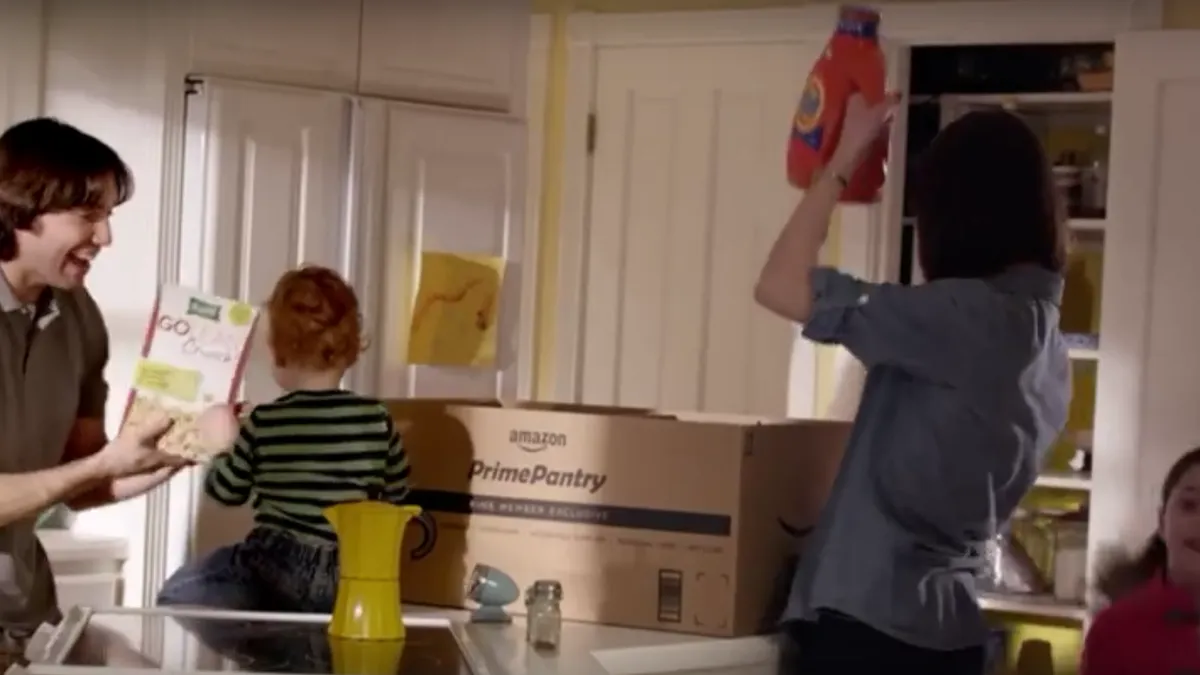Dive Brief:
-
Amazon is gradually shifting its U.S. Prime Pantry program for household items to a subscription model, an Amazon spokesperson confirmed to Retail Dive in an email.
-
Prime members opting for the program can sign up for a free 30-day trial, after which they will automatically be charged $4.99/month (on top of their $99 annual Prime fee) to continue the service (which can be canceled at any time), the spokesperson said. Subscribers receive free shipping on all orders of $40 or more, or pay a flat $7.99 shipping fee for each order; the quantity of items in an order or the number of boxes don’t affect the flat $7.99 fee for orders under $40.
-
Amazon has grappled with positioning Prime Pantry by changing up the pricing structure a few times since its 2014 inception. The company first rolled out a Prime Pantry membership option to some U.S. customers earlier this year.
Dive Insight:
Prime Pantry offers everyday household essentials, including consumer products like detergent, cereal and baby products. The service has helped Amazon penetrate the household and personal care products space, according to a report last year from One Click Retail. Consumer product sales in the health and personal care, baby and grocery segments saw double-digit growth in the first quarter 2017, while the overall global health and personal care markets declined 1% and the grocery market declined 10%, according to a report last year from e-commerce research firm One Click Retail.
The success of the program has been a jab at rivals. There’s evidence that Prime members use Amazon to "solve their problem" if their favorite consumer product can’t be found at Target, Walmart or their usual grocery store, according to research from consulting firm Magid.
Consumers are also getting more comfortable buying groceries online. Amazon is winning in this corner of e-commerce thanks to improved delivery times and an increased number of fulfillment options, according to One Click Retail CEO Spencer Millerberg.
"There are now more than 65 million Amazon Prime subscribers, and they are more likely to buy their groceries online than non-subscribers,” Millerberg said in a statement last year. "With more shoppers buying exclusive access to Amazon Pantry, the rate of growth for most consumables is much higher in Pantry than in the general marketplace, with top categories multiplying revenue by as much as five times."
But Amazon's ongoing changes to the program suggest challenges. Despite growth in the space, Amazon has struggled to make headway with consumer goods sales — just 10% of consumers turn to its site for grocery and household items, compared to more than half (51%) that buy consumer electronics and small appliances and 25% that purchase health and beauty items there, Magid found last year. Subscribe and Save customers have also found that Amazon’s prices aren’t always consistent or even the best deal.














